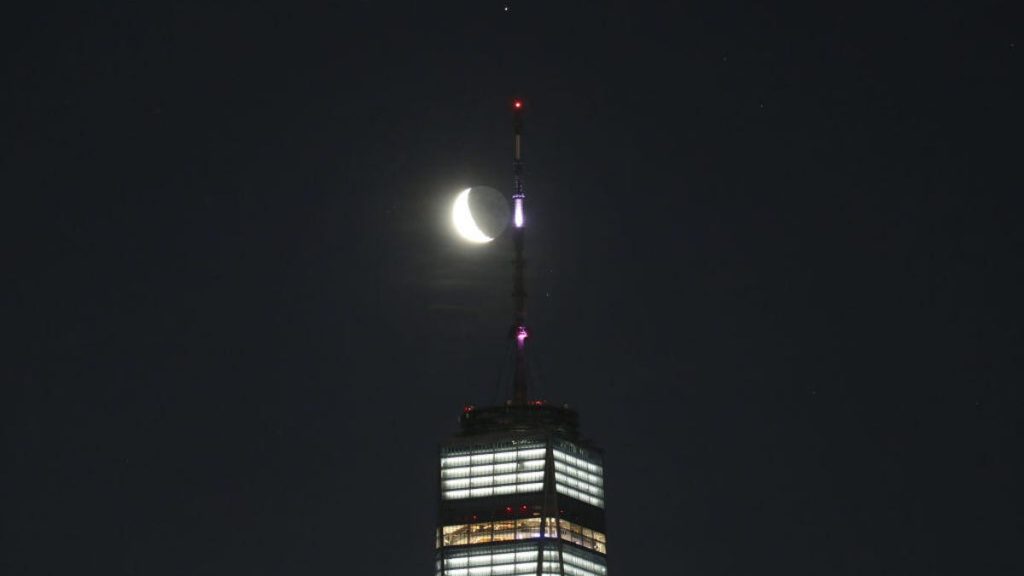This week is filled with celestial events, starting with an aurora borealis and the Perseids meteor shower. On Wednesday morning, Mars and Jupiter will be in conjunction, appearing to be on top of each other in the sky. This conjunction will make the two planets fairly easy to view, even without a telescope. The close proximity of Mars and Jupiter will make them appear as if they are about to collide, despite being 350 million miles apart. The best time to view them is a couple of hours before sunrise, when they will be high in the sky, although weather conditions and light pollution may affect visibility.
The two planets will be visible in the night sky all over the US, with Jupiter appearing brighter and Mars floating in front of and to the left of Jupiter. They are expected to rise in the night sky between 1:30 a.m. and 2:30 a.m. in the eastern or northeastern sky, within the Taurus and Auriga constellations. Stargazers may recognize Auriga as the host constellation for the upcoming Alpha Aurigids meteor shower. Mars and Jupiter will be closest together on Tuesday night into Wednesday morning, after which Mars will begin drifting away from Jupiter, while still remaining visible for a few days before moving farther apart over the coming weeks.
No telescope or binoculars are required to view Mars and Jupiter, as they will be plainly visible to the naked eye, provided there is not too much light pollution. However, using a telescope or binoculars may enhance the viewing experience, helping to distinguish between the two planets. While Mars and Jupiter come into conjunction roughly every couple of years, it is much rarer for them to be as close together as they will be on Wednesday morning. The next time they will appear as close as this will not be until 2033, making this week’s event a special one for space enthusiasts.
The best time to view Mars and Jupiter is a couple of hours before sunrise, when they will be high in the sky, although visibility may be affected by weather conditions and light pollution. The two planets will continue to rise above the horizon until sunrise, after which the light from the sun will drown them out. The close proximity of Mars and Jupiter during this conjunction will make them appear to be on top of each other, with Jupiter being brighter and Mars appearing to float in front of and to the left of Jupiter. This event is a rare opportunity for stargazers to witness two planets in such close proximity, making it a unique and exciting experience for space fans.












